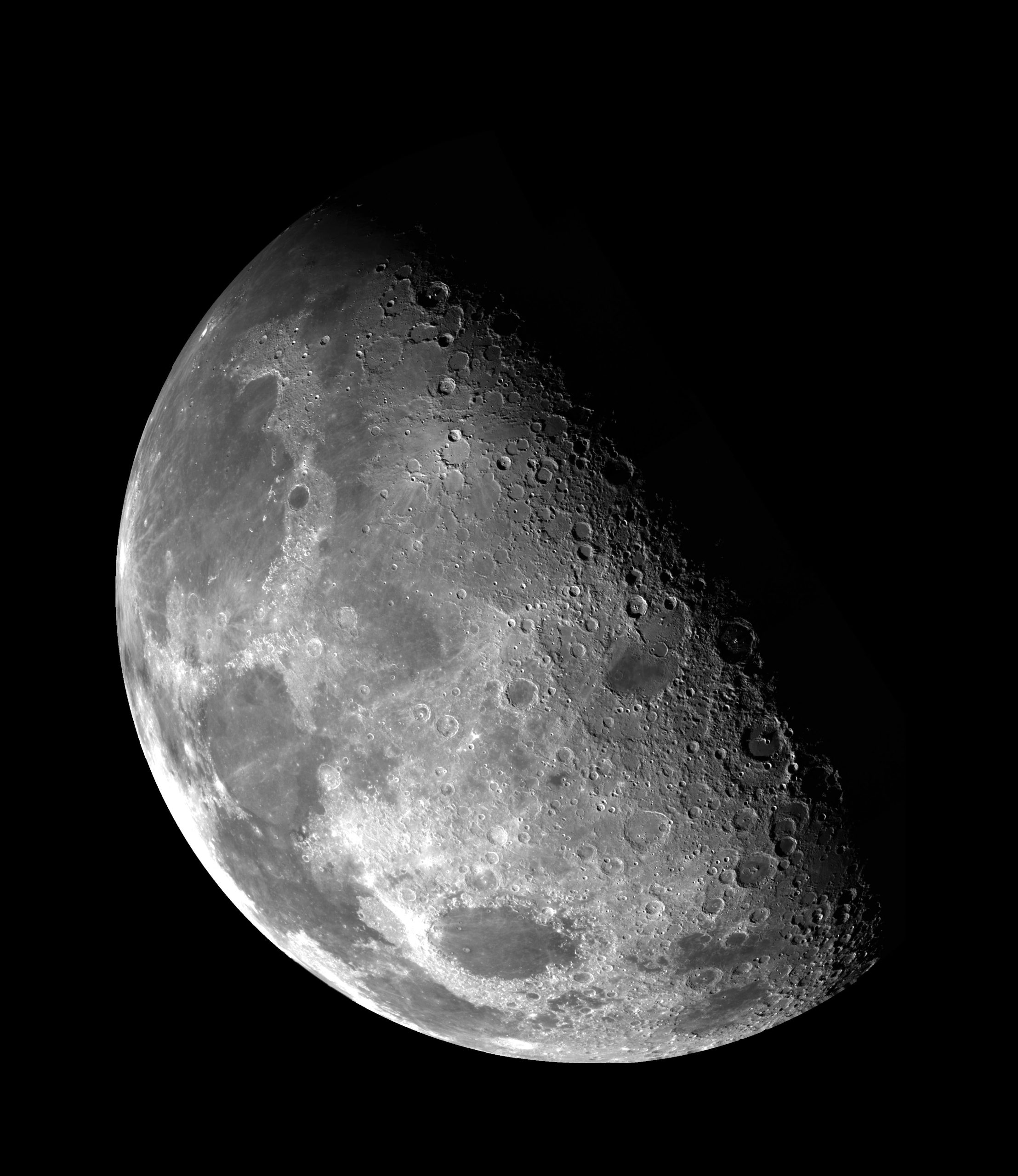Moon Phases for Planting in 2023: A Comprehensive Guide
Gardening enthusiasts and farmers alike have long looked to the moon as a source of guidance for planting and harvesting crops. The moon’s different phases can significantly impact plant growth, yield, and overall success. In this detailed guide, we’ll explore the moon phases for planting in 2023, highlighting the best times to sow seeds, transplant, and perform various gardening tasks. If you’re eager to maximize your gardening efforts this year, read on to discover how to align your planting schedule with the moon’s celestial dance.
Understanding the Moon Phases
Before we dig into the specific moon phases for planting in 2023, let’s briefly review the different lunar phases and their impact on plants:
| Moon Phase | Description | Effect on Planting |
|---|---|---|
| New Moon | The moon is not visible from Earth, appearing dark in the sky. | Time to rest and plan; avoid planting during this phase. |
| Waxing Crescent | A small sliver of the moon is visible, growing larger each night. | Good for planting above-ground crops with edible leaves. |
| First Quarter | Half of the moon is illuminated, resembling a right-facing D. | Time for planting above-ground crops with fruits and flowers. |
| Waxing Gibbous | The moon is mostly illuminated but not yet full. | Beneficial for planting root crops, bulbs, and tubers. |
| Full Moon | The entire moon is visible, appearing as a perfect circle. | Avoid planting during this period; focus on maintenance tasks instead. |
| Waning Gibbous | The moon begins to diminish slightly after reaching fullness. | Favorable for harvesting, pruning, and transplanting. |
| Last Quarter | Half of the moon is illuminated, resembling a left-facing D. | Prepare the soil, remove pests, and perform general maintenance. |
| Waning Crescent | A small sliver of the moon is visible, diminishing each night. | Refrain from planting; focus on composting and rejuvenation. |
The Best Planting Dates in 2023
Now that we’ve familiarized ourselves with the moon’s phases, let’s dive into the specific planting dates for 2023. Below is a month-by-month breakdown, indicating the best time to plant different crops:
January
- 4th-9th: Focus on planting leafy vegetables and above-ground crops.
- 14th-16th: Ideal for transplanting seedlings and flowering plants.
- 22nd-28th: Prepare the soil, perform maintenance tasks, and sow cover crops.
February
- 2nd-6th: Excellent for planting root crops and tubers.
- 13th-16th: Sow seeds for above-ground crops and leafy greens.
- 25th-28th: Take advantage of the waxing gibbous phase to transplant seedlings.
March
- 5th-9th: Focus on planting fruits, flowers, and above-ground vegetables.
- 13th-15th: Ideal for direct sowing of root crops and bulbs.
- 23rd-29th: Prepare the soil, remove weeds, and perform necessary maintenance.
April
- 3rd-7th: Favorable for planting leafy greens and above-ground vegetables.
- 11th-14th: Excellent for transplanting seedlings and flowering plants.
- 20th-25th: Sow seeds for root vegetables, bulbs, and tubers.
May
- 2nd-6th: Focus on planting fruits, flowers, and above-ground crops.
- 9th-12th: Ideal for direct sowing of root crops and herbs.
- 19th-23rd: Take advantage of the waning gibbous phase to perform maintenance tasks.
June
- 1st-4th: Favorable for planting leafy vegetables and above-ground crops.
- 8th-11th: Excellent for transplanting perennial plants and flowering shrubs.
- 18th-22nd: Prepare the soil, remove pests, and perform general maintenance.
July
- 1st-2nd: Focus on planting fruits, flowers, and above-ground vegetables.
- 8th-11th: Ideal for direct sowing of root crops, bulbs, and tubers.
- 16th-20th: Take advantage of the waning gibbous phase to harvest and prune.
August
- 1st-4th: Favorable for planting leafy greens and above-ground crops.
- 8th-12th: Excellent for transplanting seedlings and flowering plants.
- 15th-19th: Prepare the soil, remove weeds, and perform maintenance tasks.
September
- 1st-3rd: Focus on planting root crops, bulbs, and tubers.
- 7th-10th: Ideal for direct sowing of above-ground vegetable seeds.
- 15th-19th: Take advantage of the waning gibbous phase to perform maintenance.
October
- 1st-3rd: Favorable for planting leafy vegetables and above-ground crops.
- 6th-9th: Excellent for transplanting seedlings and flowering plants.
- 13th-17th: Prepare the soil, remove pests, and perform general maintenance.
November
- 1st-2nd: Focus on planting fruits, flowers, and above-ground vegetables.
- 5th-8th: Ideal for direct sowing of root crops and herbs.
- 12th-16th: Take advantage of the waning gibbous phase to harvest and prune.
December
- 1st-2nd: Favorable for planting leafy greens and above-ground crops.
- 5th-8th: Excellent for transplanting seedlings and flowering plants.
- 11th-15th: Prepare the soil, remove weeds, and perform maintenance tasks.
Tips for Successful Moon Phase Planting
Here are a few additional tips to ensure your moon phase planting endeavors thrive:
- Consult your local agricultural extension for region-specific recommendations and best practices.
- Keep a gardening journal to document your planting experiences and the moon phases you followed.
- Consider companion planting and beneficial intercropping strategies to optimize your garden’s health.
- Monitor and adapt your gardening practices to account for other factors such as temperature, soil conditions, and pest control.
- Experiment and observe the impact of moon phase planting on your own garden, adjusting your approach over time.
By aligning your planting schedule with the moon’s phases, you can harness natural rhythms to enhance your gardening efforts and increase the likelihood of a bountiful harvest. While moon phase planting is not an exact science, many gardeners find it to be an intriguing and fruitful approach to nurturing their plants. As the gardening seasons unfold in 2023, take advantage of this comprehensive guide to seize the most opportune moments for planting and enjoy a fruitful year. Happy gardening!
Table of Contents
